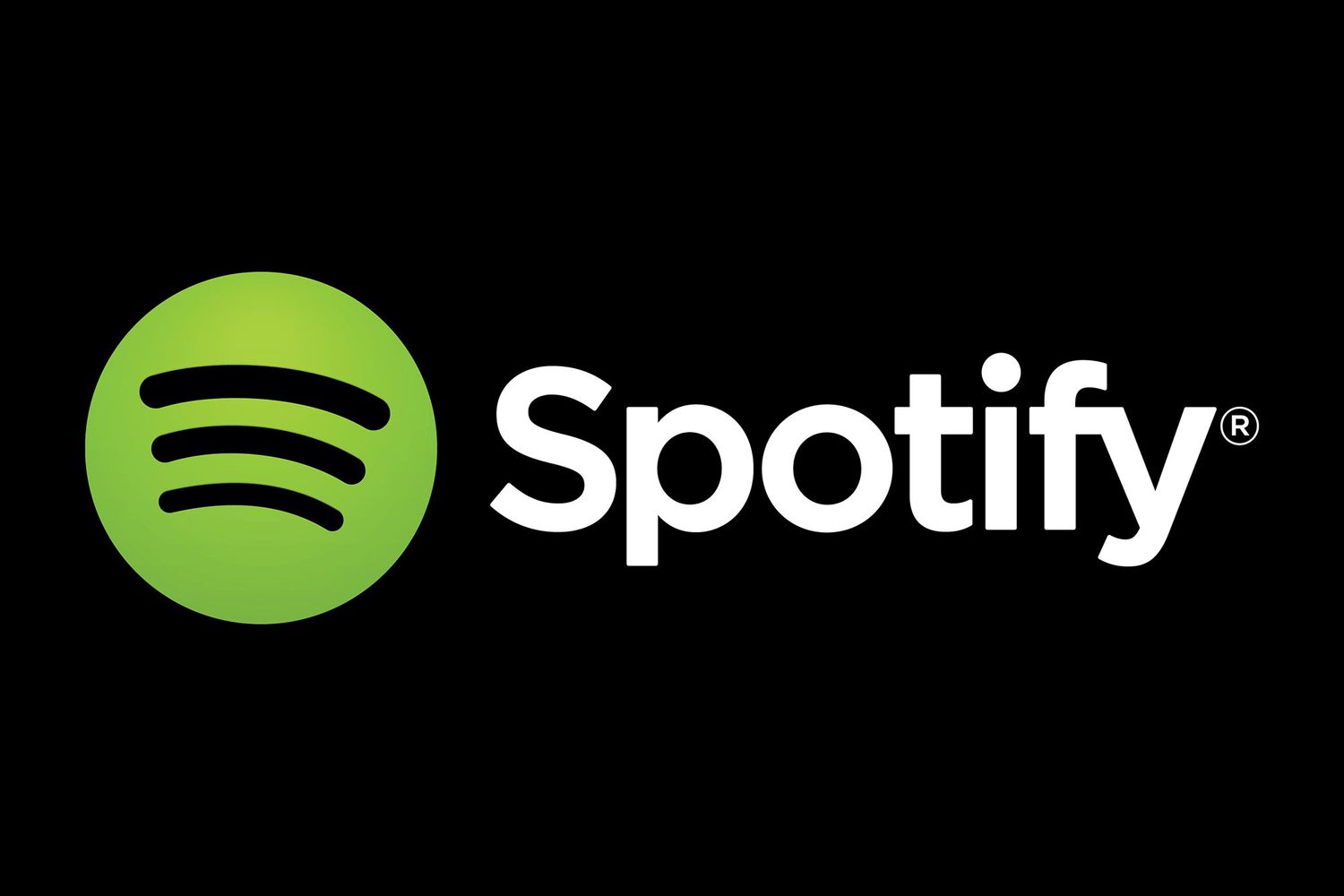Spotify reported a rise in the number of paying subscribers and a modest operating profit for the first quarter, though the profit was lower than expected. The streaming platform’s operating profit reached 168 million euros ($179 million), a significant improvement from last year’s loss of 156 million euros during the same period. However, this figure fell short of Spotify’s forecast of 180 million euros.
Just released — $SPOT Q1 2024 earnings and shareholder presentation. Read more: https://t.co/7vMbY872JL pic.twitter.com/2hcMWuLjKY
— Spotify News (@SpotifyNews) April 23, 2024
Advertisement
The company attributed the lower-than-expected profit to higher payroll taxes related to share-based compensation. Despite this, Spotify continues to grow, with 615 million active users at the end of the quarter, close to its projected 618 million. Of those users, 239 million were paying subscribers, meeting the company’s expectations.
Spotify reported that its business performed well in the quarter, driven by strong subscriber growth, better monetization, and improved profitability. Revenue increased by 20% year-on-year, reaching 3.6 billion euros, though it was down 1% compared to the previous quarter.
Wanted to share a few quick thoughts on Q1 ahead of our investor call. Excited about all the progress. 2024 is shaping up to be another solid year and we’re on track to achieving our goal of building a great business. Thanks to all Spotify teams around the world for their… pic.twitter.com/J53fqgBfH7
Advertisement— Daniel Ek (@eldsjal) April 23, 2024
Spotify has focused on expansion into new markets and exclusive content, such as podcasts, to fuel growth. Although the company has occasionally posted quarterly profits, it has yet to achieve a full-year net profit. Spotify anticipates an operating profit of 250 million euros in the second quarter of the year.
In December, Spotify announced it would reduce its workforce by around 17% to cut costs, following previous reductions in January and June 2023. In July 2023, the company raised its premium subscription prices in various markets, aligning with similar moves by competitors Apple and Amazon.


















